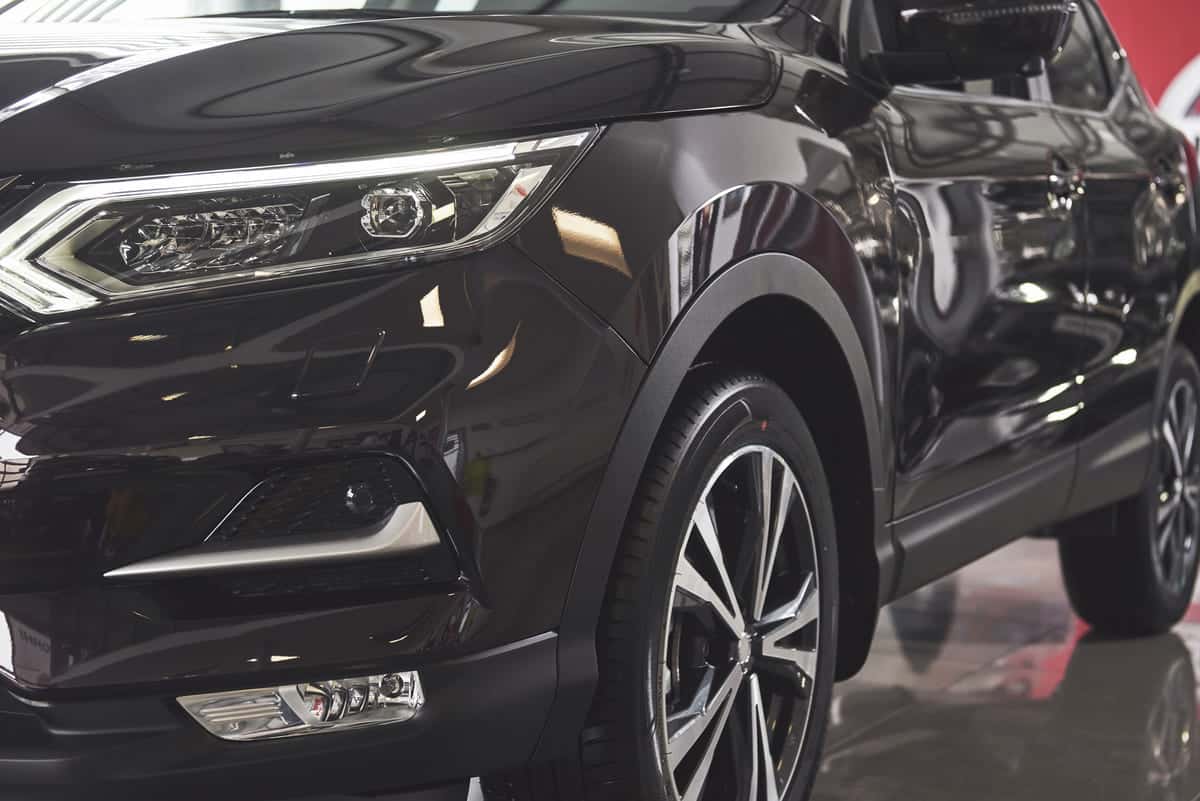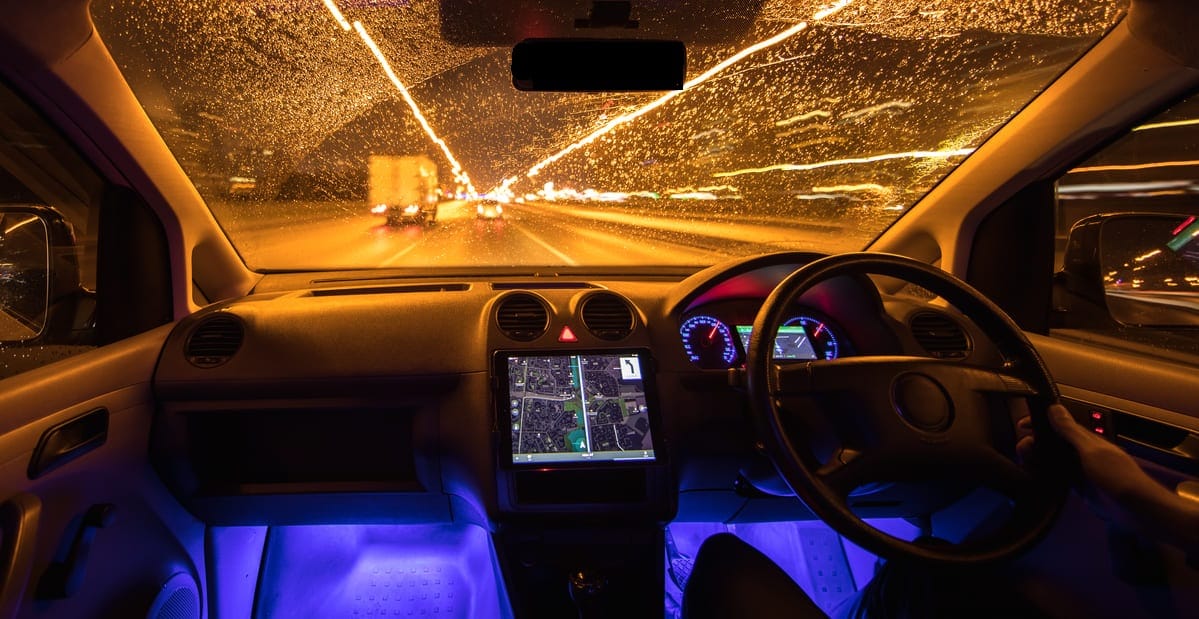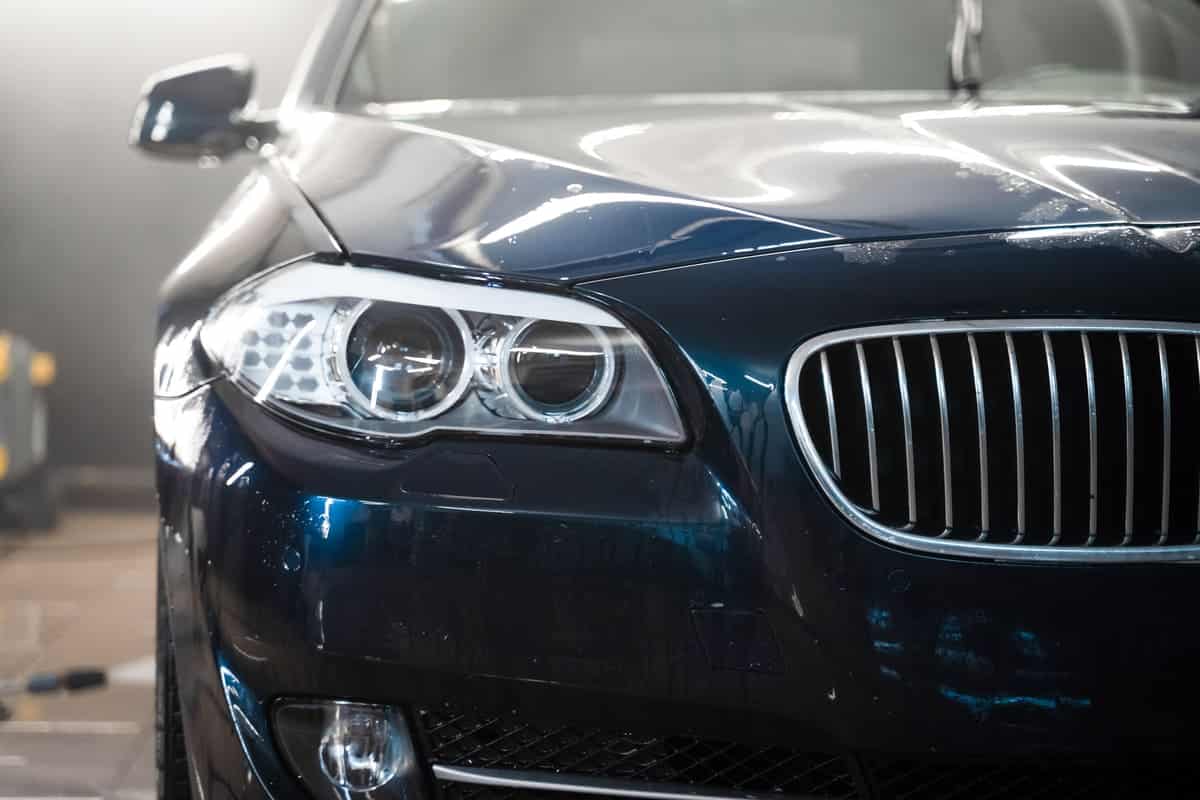Automotive lighting is important for safety and design. From LED headlamps to adaptive lighting, technology has changed the way we illuminate vehicles, to more visibility, more energy efficiency, and more style.
What is an Automotive Lighting?
Automotive lighting also referred to as motor vehicle lighting or automotive lamp, it is all the lights on a . These are headlamps, tail lamps, brake lamps, and turn signals. The purpose is to see and be seen on the road.
Headlamps help drivers see the road at night or in bad weather. Tail lamps signal the car to those behind. Brake lamps indicate the car is slowing down or stopping.
Turn signals show the driver’s intention to turn or change lanes. Interior lights illuminate the cabin for occupants. Each lighting system uses different technologies like LEDs, halogen or xenon to perform optimally.
Reference
-
- Automotive lighting. Wikipedia. Retrieved from https://en.wikipedia.org/wiki/Automotive_lighting
History of Automotive Lighting?
The history of automotive lighting started in the late 19th century. Early cars used acetylene lamps for headlamps. These had a steady flame and were common before electric lights.
In the 1910s electric headlamps became standard. They were better and more convenient. Sealed beam headlamps in the 1940s made them more durable and performant.
Halogen headlamps appeared in the 1960s, brighter and longer life. In the 1990s high intensity discharge (HID) lights came out, even brighter and more efficient.
By the 2000s LED lights became popular because of their energy efficiency and versatility. Today adaptive and laser lighting is taking it to the next level.
References
- Automotive lighting – History. Wikipedia. Retrieved from
- Enlightening the Road Ahead: The Evolution of Automotive Lighting Technology. Emergen Research. Retrieved from

How Many Types of Exterior Automotive Lighting?
There are several types of exterior motor vehicle lighting. Each type has a specific function to see and be seen.
- Headlamps: Illuminate the road ahead for night and bad weather.
- Tail lamps: Signal the car to those behind.
- Brake lamps: Indicate the car is slowing down or stopping.
- Turn signals: Show the driver’s intention to turn or change lanes.
- Fog lamps: Enhance visibility in foggy or misty conditions by producing a low and wide beam.
- Daytime Running Lights (DRLs): increase visibility during daylight.
- Reverse lights: Illuminate the area behind the car when in reverse gear.
- Side marker lights: Highlight the car’s length and visibility at night and during turns.
References
- What is Automotive Exterior Lighting?. Synopsys. Retrieved from
- Automotive Exterior Lighting: Parts, Functions, and Types. JCBL Automoto. Retrieved from
What Types of Interior Automotive Lighting Are There?
There are several types of interior car lighting. Each type enhances the cabin’s functionality, comfort, and style.
- Dome lights: Illuminate the entire cabin when doors are opened or manually switched on.
- Map lights: Provide focused light for reading maps or documents without distracting the driver.
- Footwell lights: Light up the area around the feet for easier entry and exit.
- Glove box lights: Automatically turn on when the glove compartment is opened.
- lights: Illuminate the instrument panel for clear visibility of gauges and controls.
- Ambient lighting: This creates a soothing atmosphere by highlighting interior features with soft light.
Trunk lights: Light up the trunk area for better visibility when loading and unloading.
References
- What is Automotive Interior Lighting?. Synopsys. Retrieved from
- Automotive Interior Lighting: From Static to On-Surface Projection. Valeo. Retrieved from

How Does Exterior Automotive Lighting Work?
Exterior automotive lighting works through a series of steps involving electrical components and control systems.
- Power supply: The car’s supplies power to the lighting system.
- Switch activation: The driver switches on the lights using switches or automatic sensors.
- Relay control: Relays divert power from the battery to the specific lights for efficient operation.
- Bulb illumination: Bulbs or LEDs produce light when electricity flows through them.
- Lens focus: Lenses and reflectors focus and direct the light beams for visibility.
Signal : Turn signals and brake lights work through the car’s signaling system to communicate the driver’s intention.
References
- What is Automotive Exterior Lighting?. ANSYS. Retrieved from
- Automotive lighting. Wikipedia. Retrieved from
How Do Interior Lights Work in a Car?
Interior lights in a car work through a simple electrical system.
- Power source: The car battery powers the interior lights.
- Activation: Lights turn on when doors are opened or switches are pressed.
- Wiring: Electrical wiring connects the power source to the lights.
- Switch mechanism: Door switches or manual buttons control the light activation.
- Circuit completion: When a switch is pressed, the circuit is completed, and the current flows.
Light emission: Bulbs or LEDs produce light and illuminate the car’s interior.
References
- Automotive Interior Lights. AutoProWay. Retrieved from
- What is Automotive Interior Lighting?. Synopsys. Retrieved from https://www.synopsys.com/automotive/what-is-automotive-interior-lighting.html


